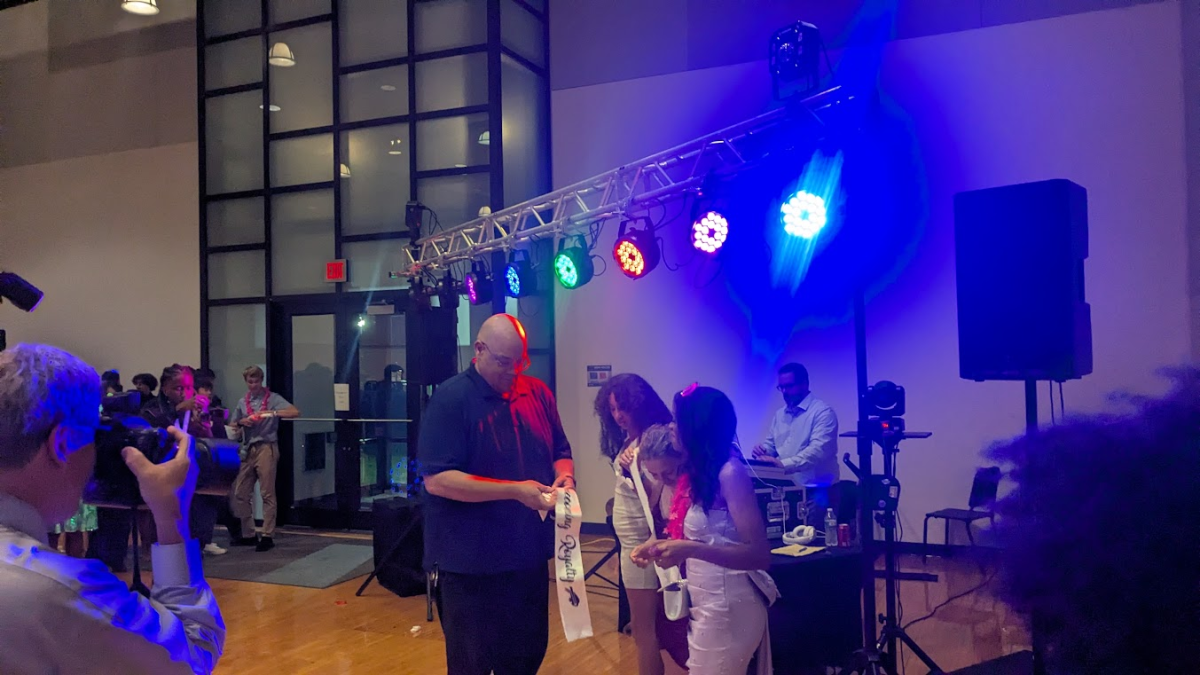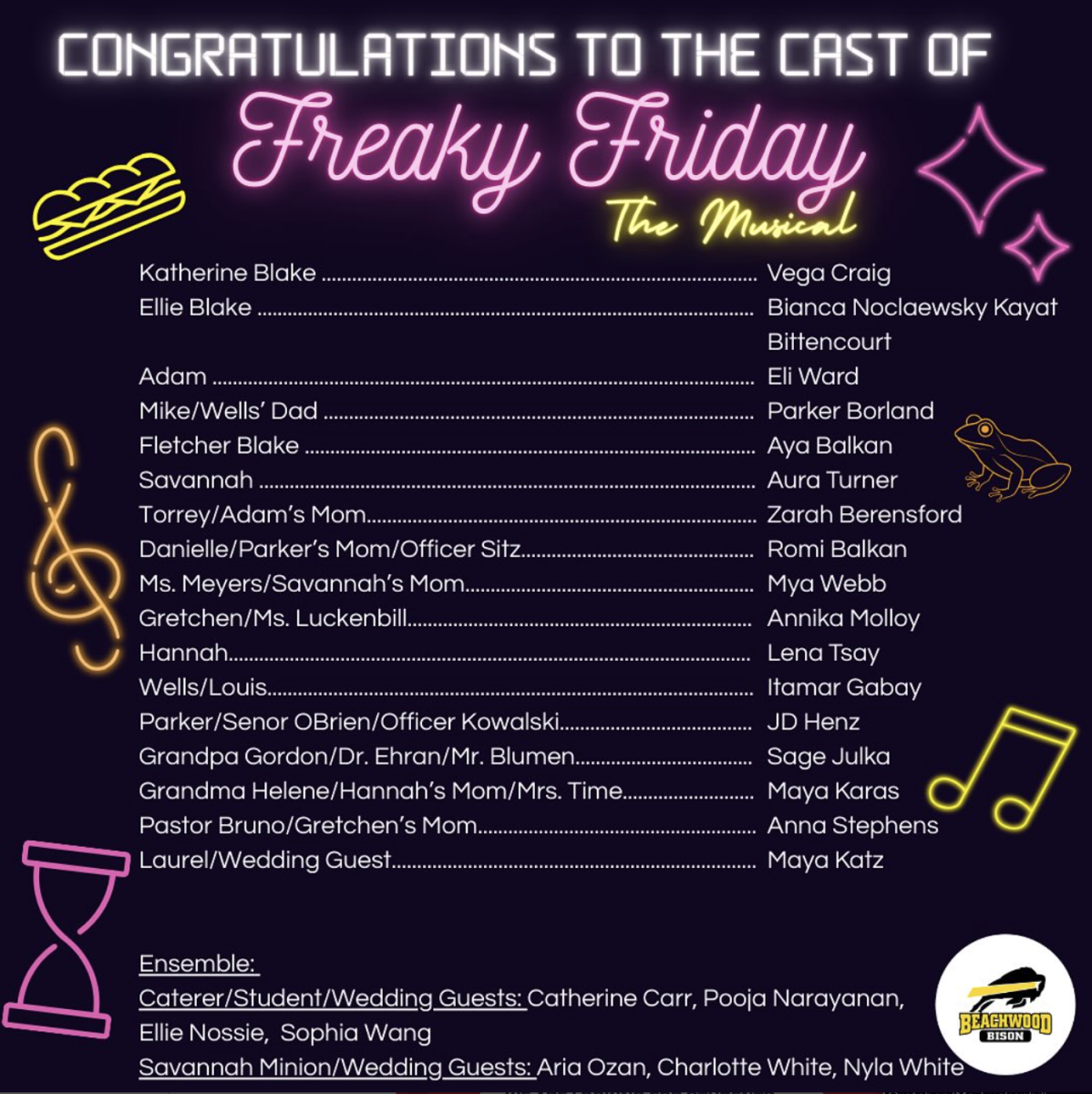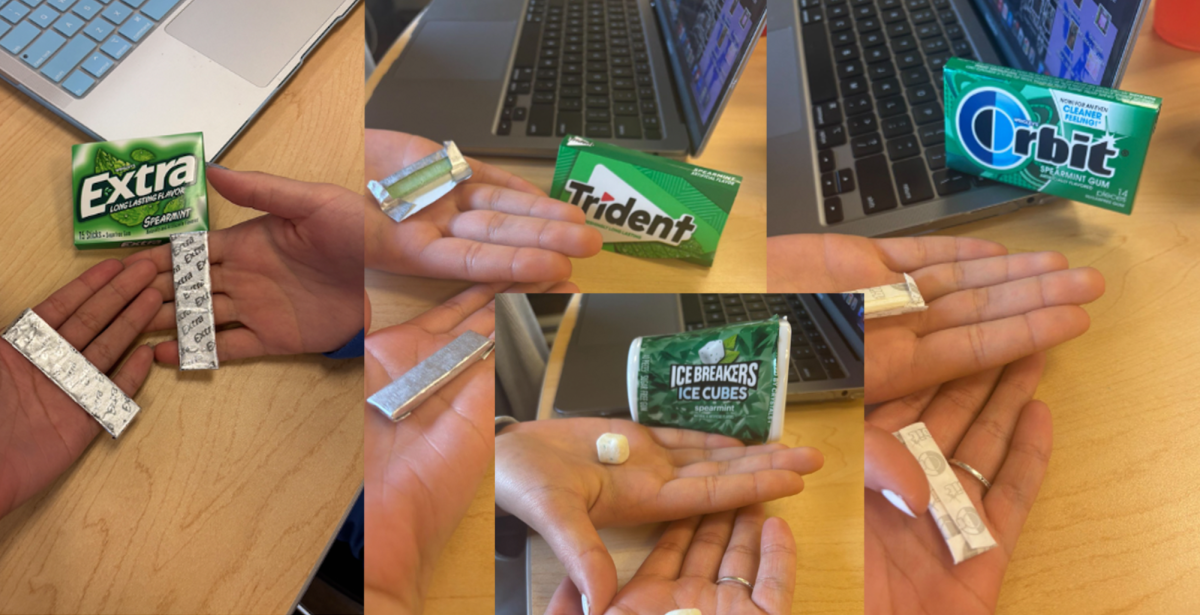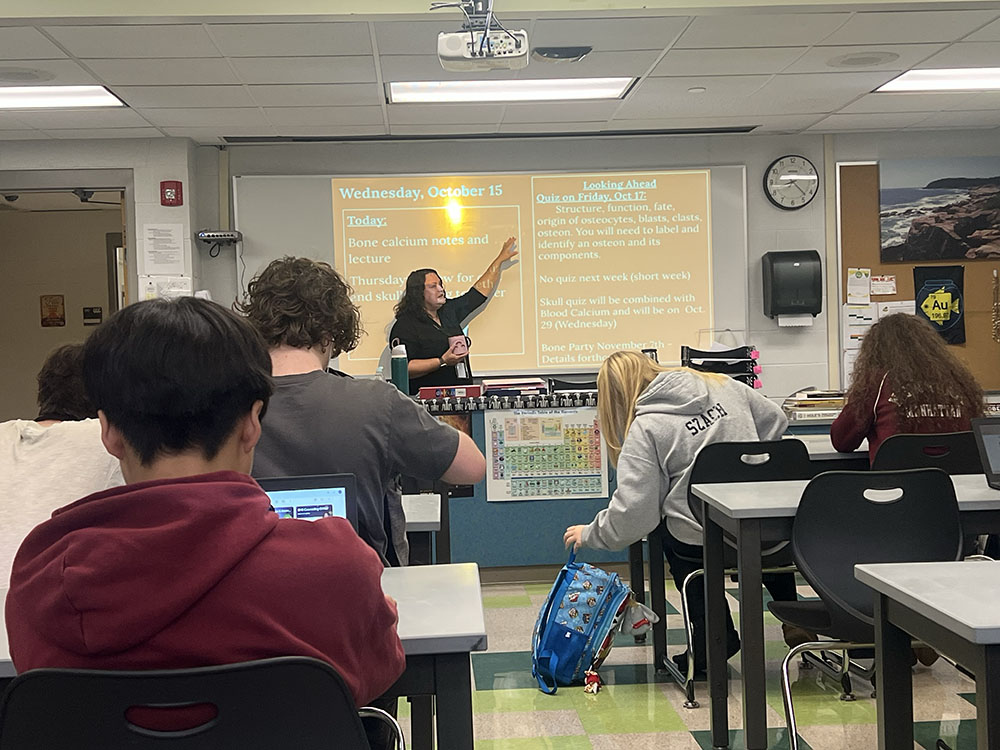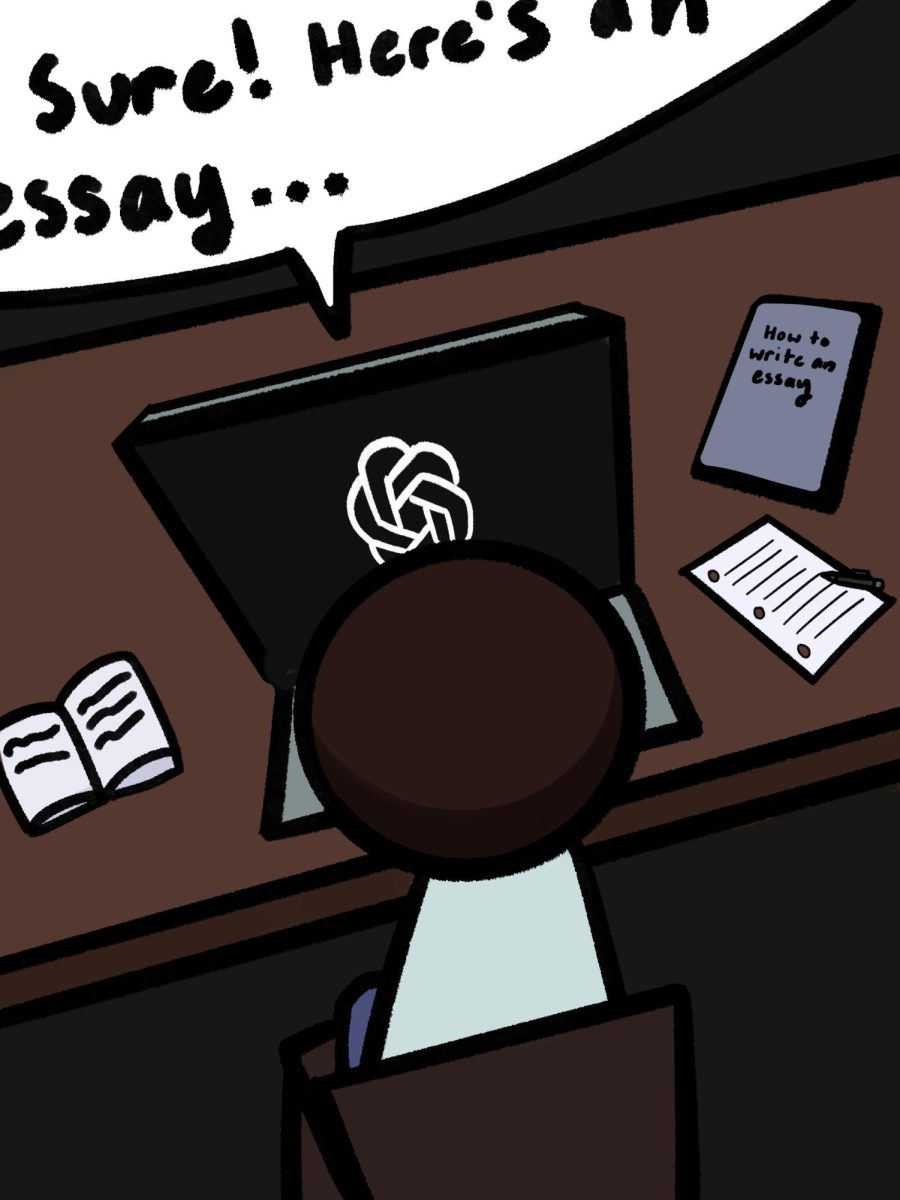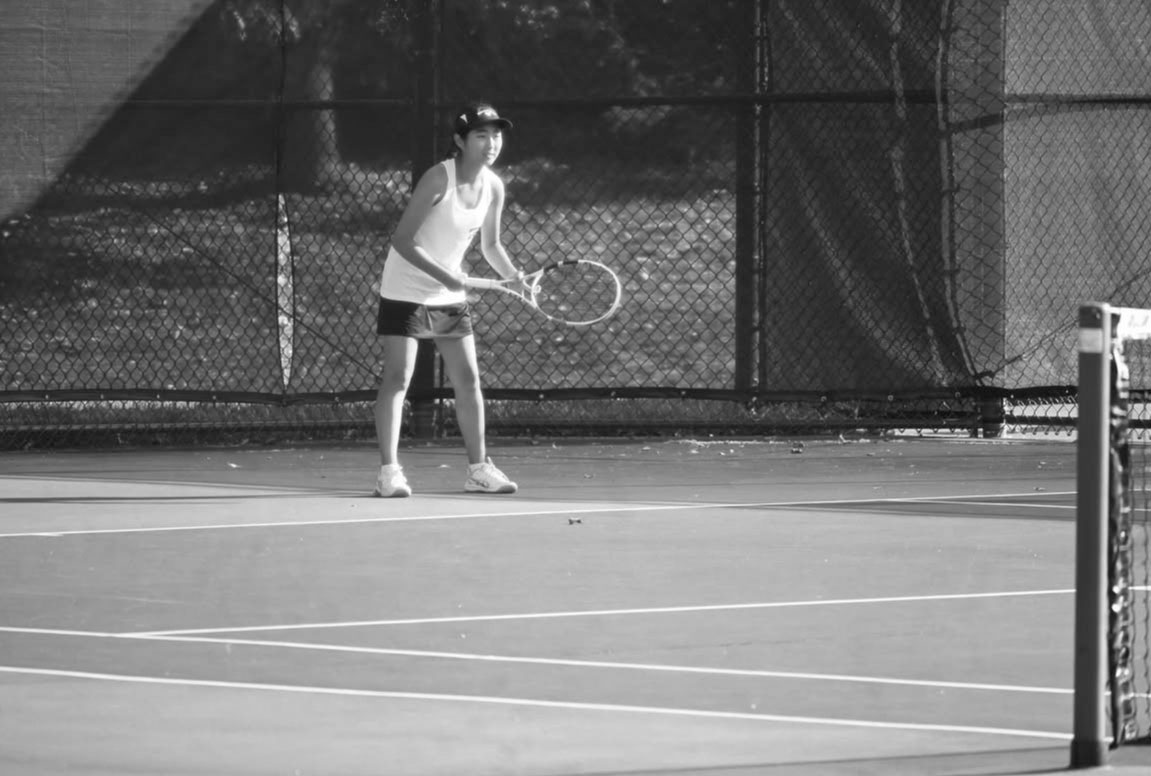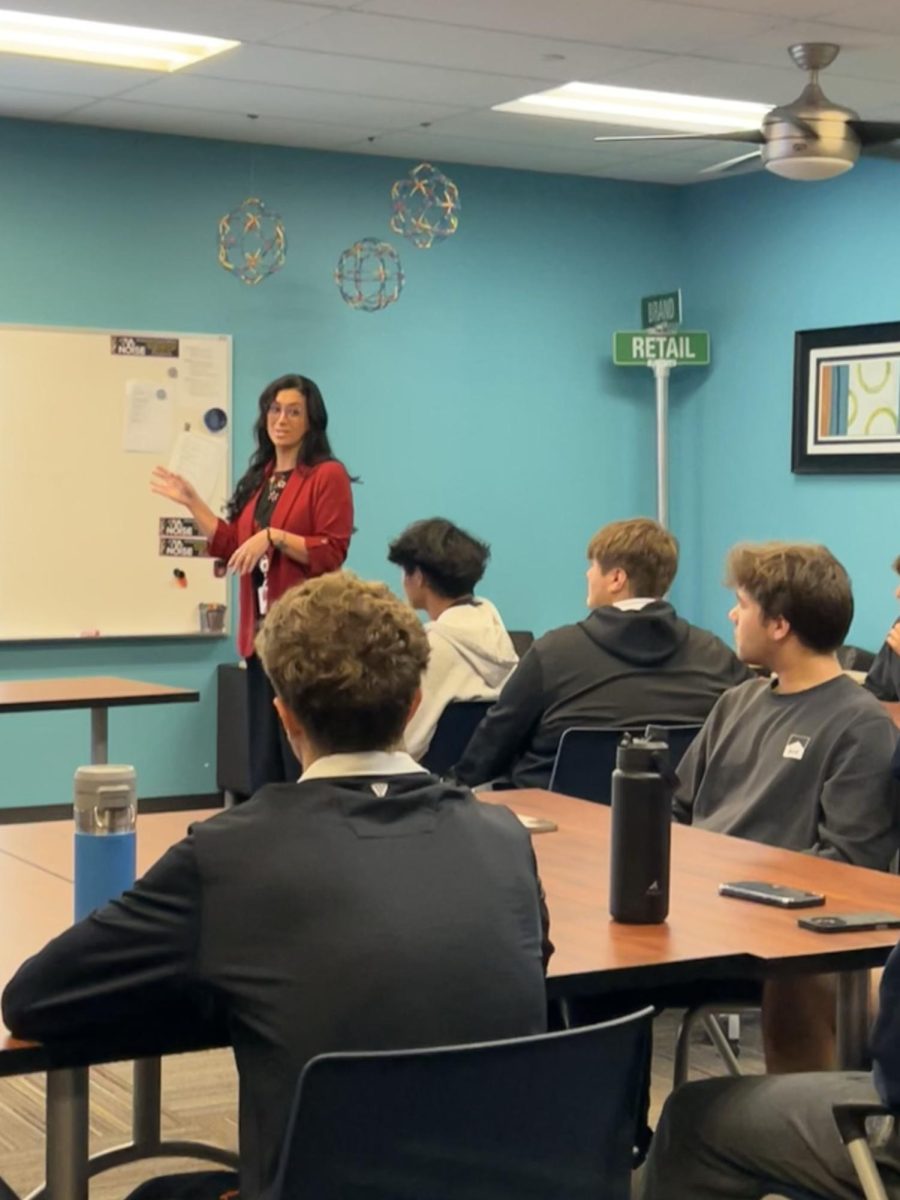Why do we go to concerts? Why do we stand in never-ending lines in the blistering cold for a couple of prized tickets? Why waste money we don’t have? After all, it would be much cheaper to listen to the song or album at home.
On one level, we go to concerts just to do something “cool and different,” but on another, to form a rare bond with art. This is a two-way street, as musicians want to connect their art with the people in order for it to be meaningful.
This is indeed what the Ready Set, the All American Rejects, and Boys Like Girls strived to do during their stop at the Wolstein Center on October 14, 2012. However, due to various factors, including a lack of audience response and a–perhaps correlated– lack of energy on the part of the bands, they achieved only mild success.
It’s important to note that from the start, the bands faced an uphill battle. The concert was staged in half the arena, and probably accommodated around half of its capacity of 8,500. This weekend was Cleveland State University’s Homecoming Weekend, a weekend of student events, and as part of the weekend’s festivities, CSU students got free admission to the concert. Given the deal, it seems as though more people should’ve come than actually did. The bands were aware of this, and it added to an impression that the audience only sort of liked the bands. None of this boded well.
Given these circumstances, the Ready Set, the opening act, braved the odds, pumping energy into a relatively short set. However, as one might expect, they were not met with a huge audience response. Even their platinum single, “Love like Woe,”could not muster a strong audience reaction.
However, the audience cannot take all the blame. The Ready Set lacked the humor and charisma of the following acts. Their only real motions towards audience-artist dialogue was the obligatory water-bottle tossing into the mosh pit. The band blundered from one song to the next, not bothering to check and modify in response to the lackluster audience reaction. While the group is the youngest of the bunch, the Ready Set missed their chance to step up to the plate.
Next up were the All American Rejects. Seasoned pros, they knew to begin their set with the old favorite “Dirty Little Secret,” and then eased into the less familiar newer songs off their March 2012 album Kids in the Street.
The main fault of the All American Rejects was that they seemed to be playing with a chip on their shoulder. They were the oldest band of the group and have had arguably the most lifetime success. However, the band was being featured as second-fiddle to the newer Boys Like Girls. Kids in the Street has done worse on the US charts than any other Rejects album.
To cover up for this insecurity, lead singer Tyson Ritter writhed on the floor, told personal anecdotes, and flirted with the front row. This would’ve been great-theoretically, it satisfies the audience’s longing to embrace the music. However, Ritter’s charms were tinged with a spiteful insincerity, as if he was really peeved that he was getting the short end of the stick, and really wanted to ‘give us some Hell.’ Ultimately, the All American Rejects were successful at getting the audience rolicking on their feet and frantically singing along.
Boys Like Girls probably was the most successful of the bunch in achieving that elusive artist-audience bond. However, things were easiest for them, as they were headlining the tour. In addition, Boys Like Girls got the most lighting and effects, boldy letting everyone know whom they had really paid their $18 for.
These advantages gave Boys Like Girls the upper hand. They too employed the strategy of starting with a popular older song (2007’s US certified platinum “The Great Escape”) and then easing into newer material. Eventually, due to the crowd’s lack of response, Boys Like Girls had to switch to playing older songs. This phenomena similarly occurred with the All American Rejects.
While the All American Rejects’ rapid switch to old material seemed like an embarrassed defeat, Boys Like Girls used their audience advantage to come out about the switch honestly. Lead singer Mike Johnson thanked the audience (or at least some of their audience) for learning the new songs, and then asked the audience if it was okay to switch to the older material. The audience responded enthusiastically.
Similarly, Boys Like Girls used this confidence to sincerely reach out. Their sweet gestures, like singing happy birthday to one lucky audience member (who happened to be BHS’s own Susan Eiben) and bringing an audience member on stage to sing Taylor Swift’s part in “Two is Better than Won”, helped to strengthen their bond with the spectators.
During the last song, their popular “Love Drunk,” this bond came to an appropriate crescendo. When Johnson noticed many recording the song on their cell phones, he stopped the song, noting (perhaps a bit cockily) that there were already probably 100s of videos of himself on Youtube performing “Love Drunk” live, and this was the audience’s last chance for one true moment of “rock n’ roll.” Indeed, the audience listened and recorded the moment with their memories, not their cell phones. This moment was perhaps the rawest, most awe-inspiring moment of a truly united audience-artist relationship.
Overall, the concert sung but didn’t reach all the high notes. While the music often pulsated the arena, forcing the spectators into an uncontrollable frenzy of dancing and singing, they did not pierce the hearts of the viewers. While the bond that did exist between artists and audience satisfied a quest for excitement, it did not nourish the longing to connect with great music.




